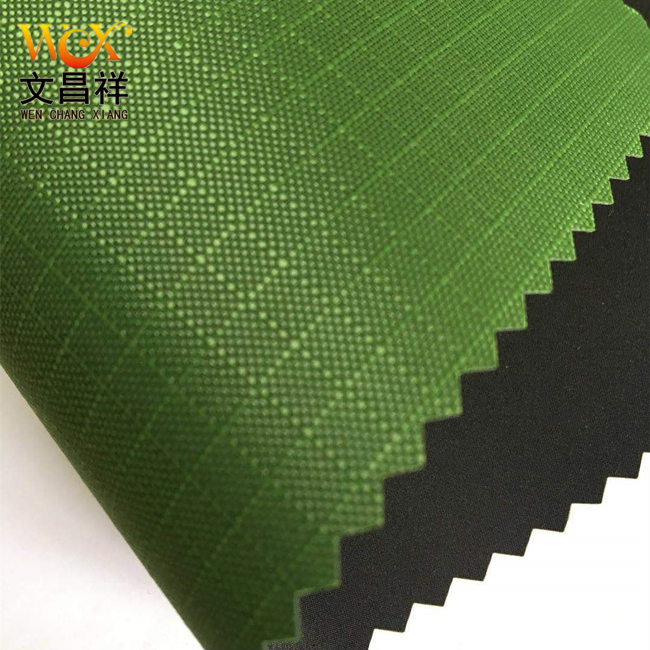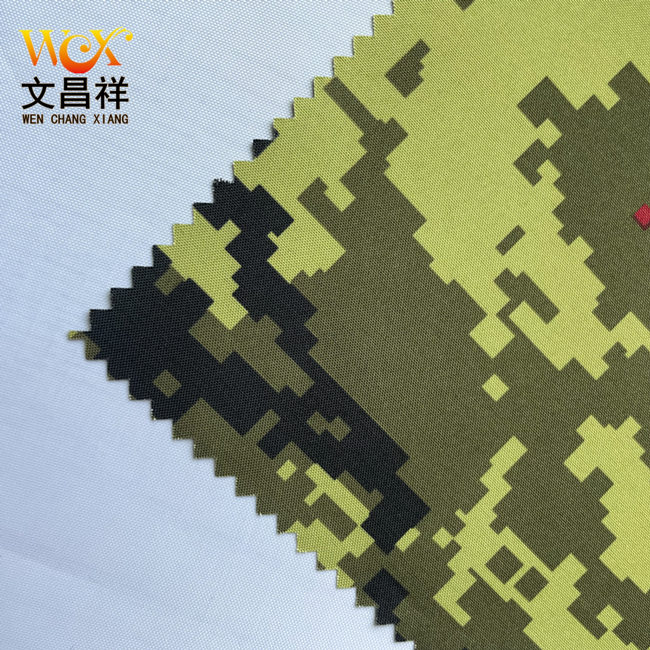Oxford cloth often needs a hard topcoat. The commonly used hardener on the market is now amino resin, which is polymerized with formaldehyde as the main raw material. The fabric processed by this resin Cloth contains high levels of free formaldehyde, which is extremely easy to exceed the standard. Formaldehyde poisoning can cause damage to the nervous system and immune system. Severe patients may even experience crises such as coma, circulatory failure, respiratory failure, and increased intracranial pressure, which can even be life-threatening.

If consumers are really worried that Oxford cloth may produce formaldehyde and other harmful substances, they can use a formaldehyde detector to measure whether the environmental protection of the room meets the standard. You can plant some green plants at home to purify the air and improve the air quality of your living environment.

Oxford cloth and environmentally friendly recycled series specifications and classifications: 1680D Oxford cloth, 1200D Oxford cloth, 900D Oxford cloth, 600D Oxford cloth, 420D Oxford cloth, 300D Oxford cloth, 210D Oxford cloth, 150D Oxford cloth, etc.; classified by function : Flame-retardant oxford cloth, waterproof flame-retardant cloth, silver-coated flame-retardant cloth, pu waterproof oxford cloth, PVC oxford cloth, TPE, TPU, anti-UV, camouflage oxford cloth, fluorescent oxford cloth, composite oxford cloth, etc. Please consult customer service for details.
</p






